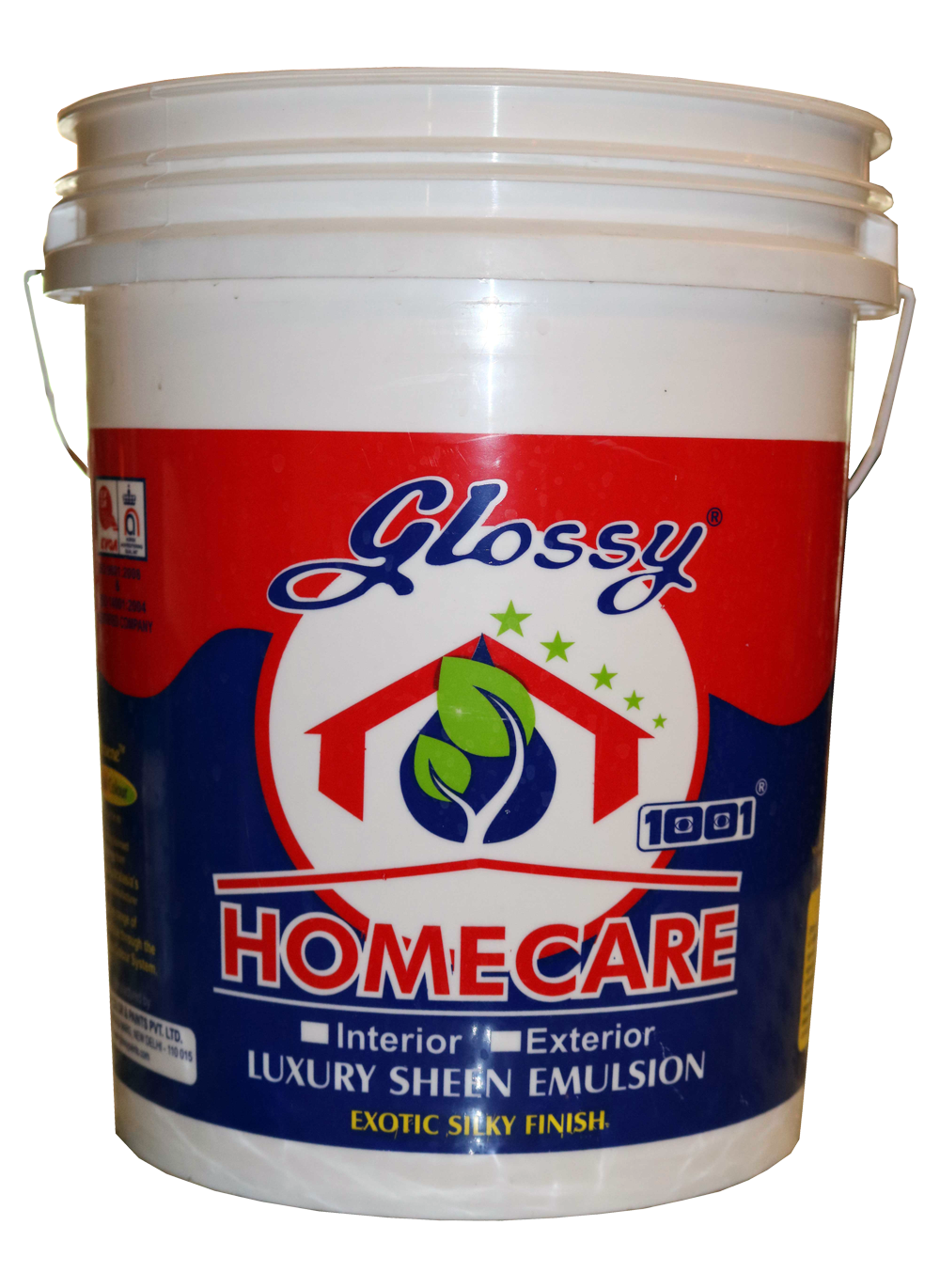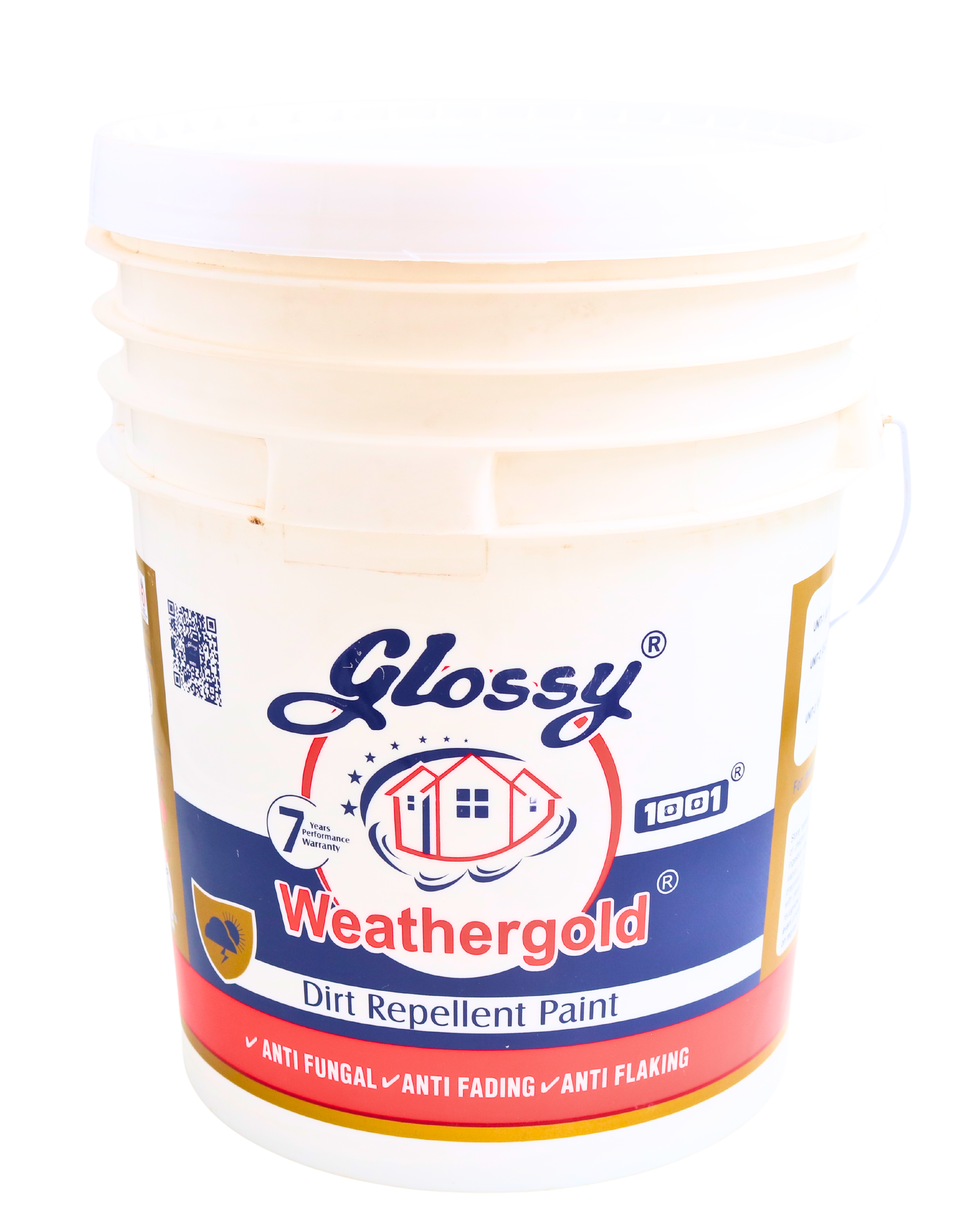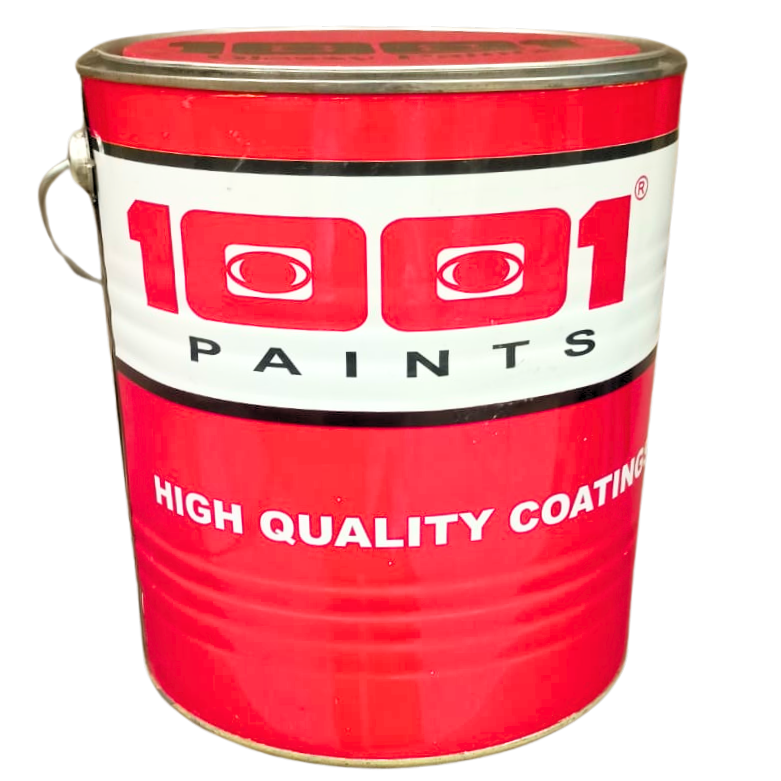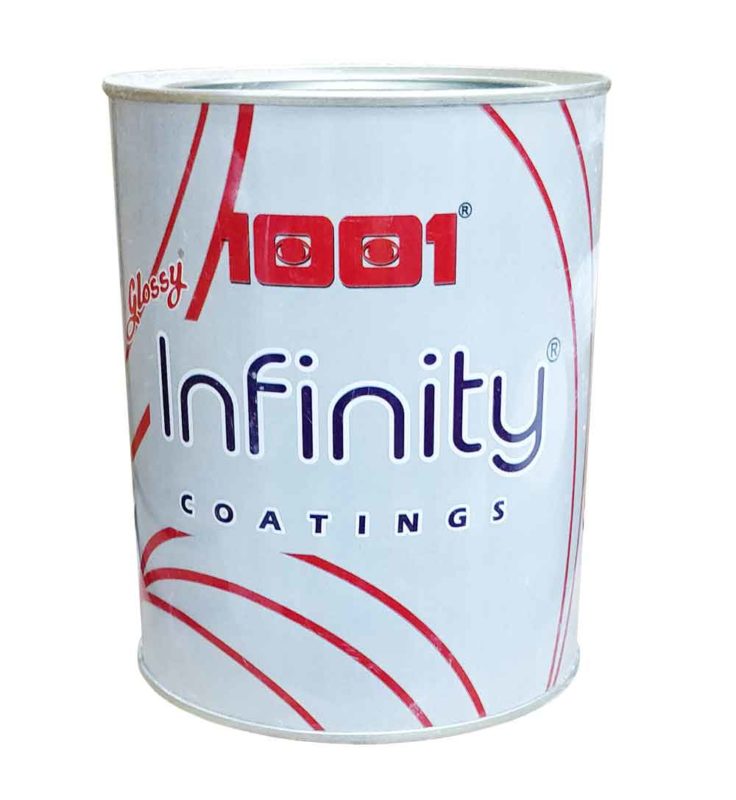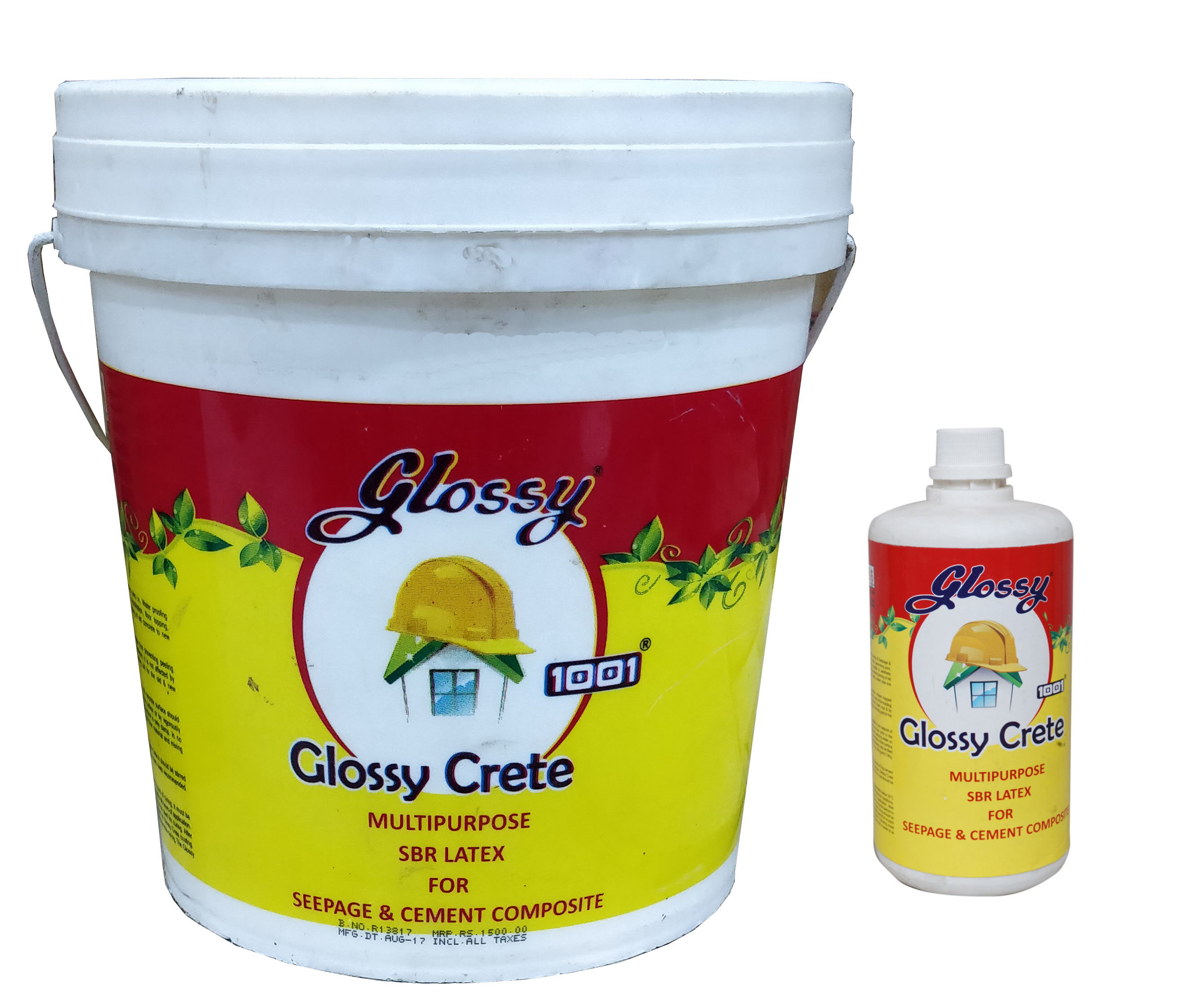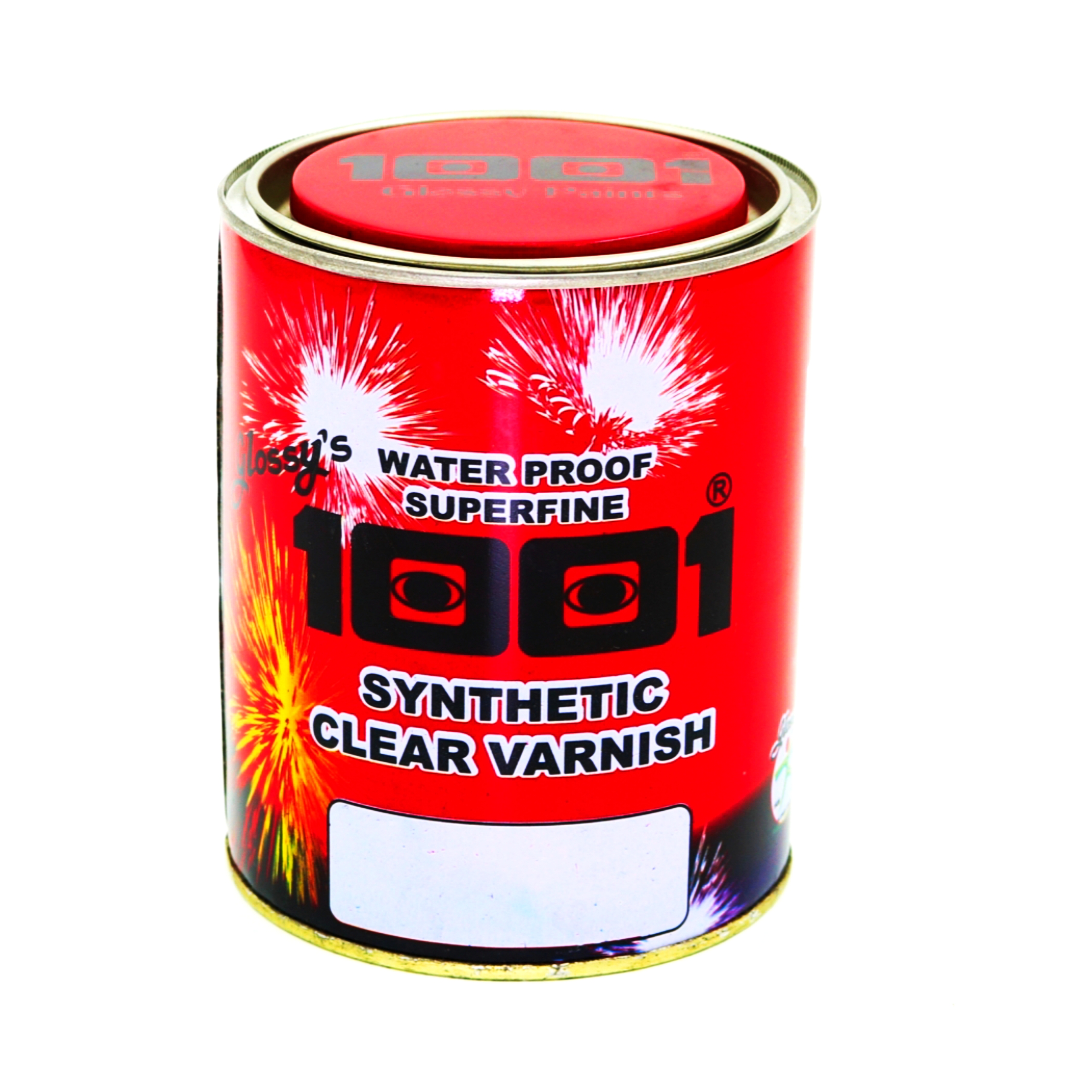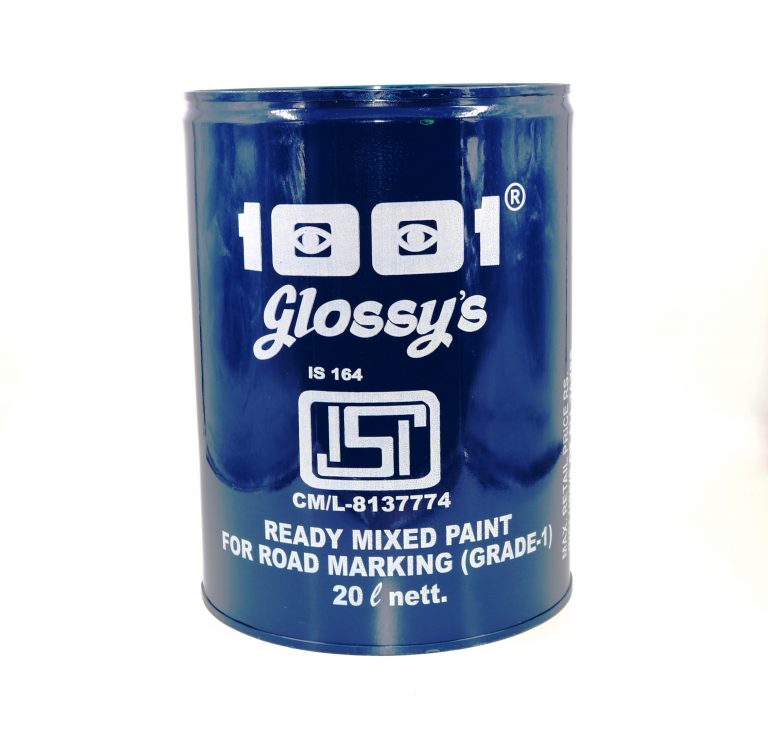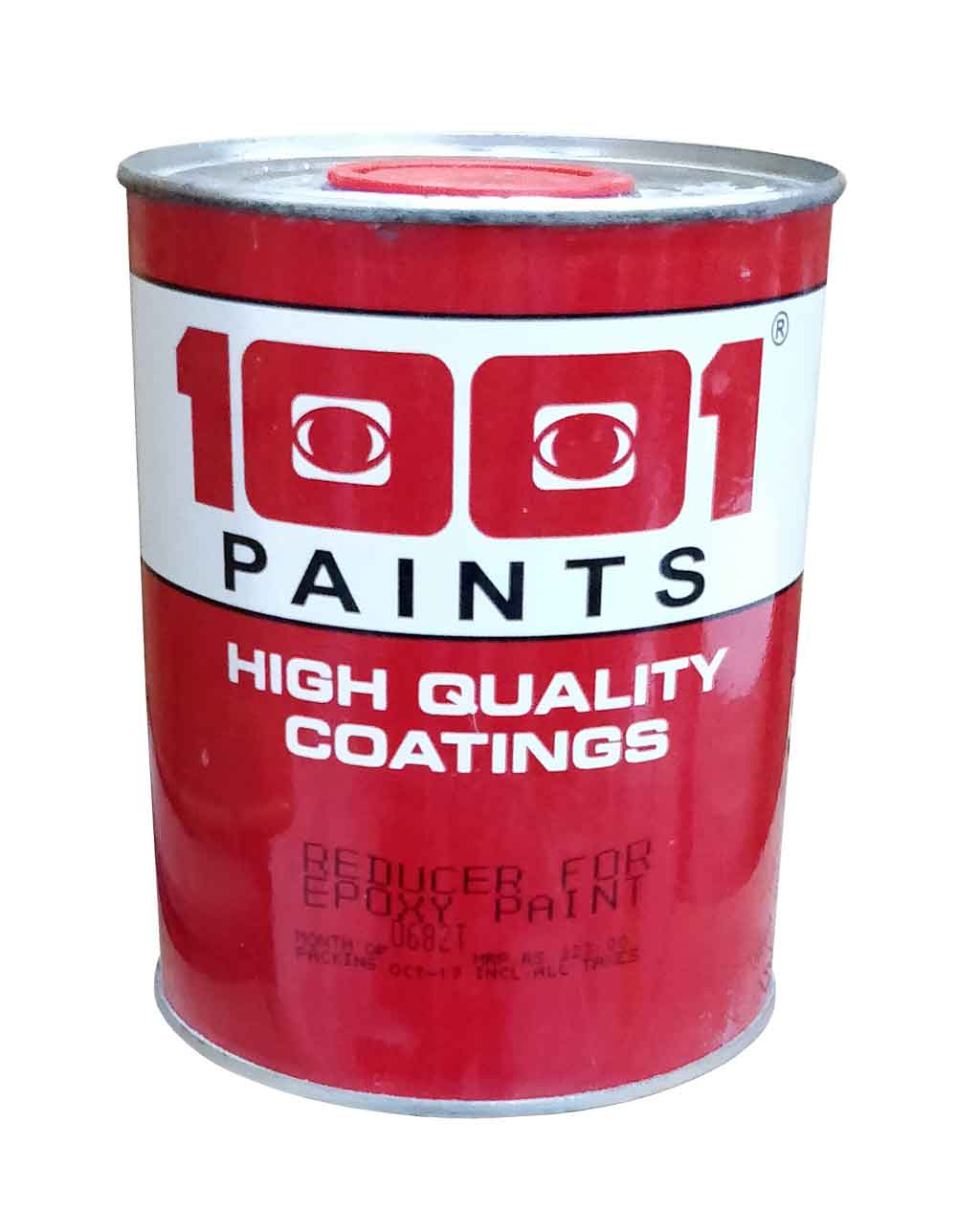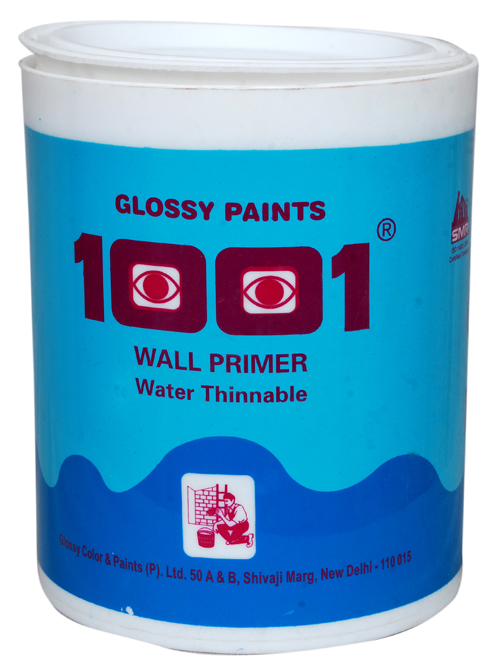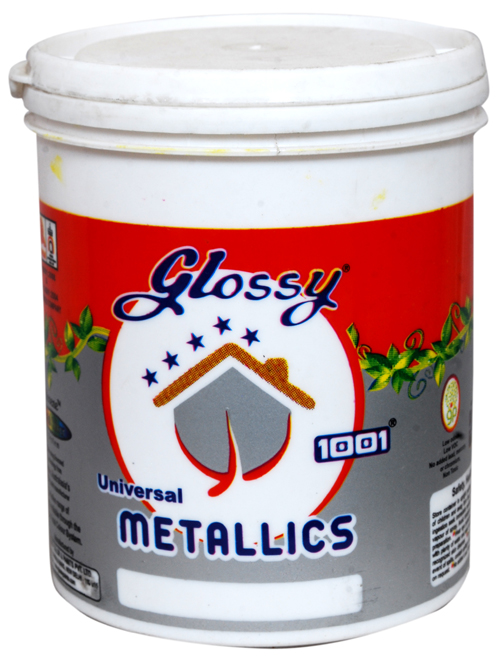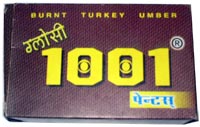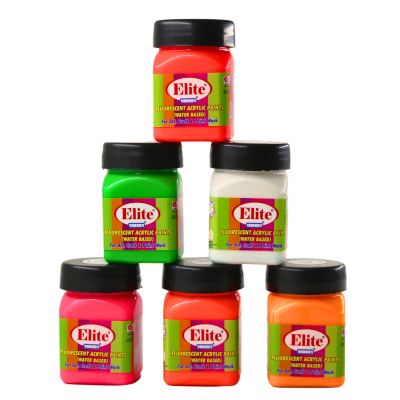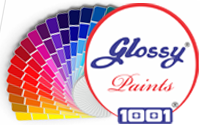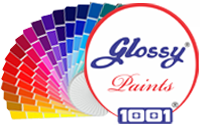Resene Hi Glo Acrylic
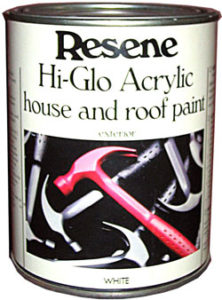
|
Description : |
Resene Hi-Glo is based on a unique 100% acrylic emulsion for ease of application and maximum life over primed timber and galvanised steel surfaces. Ideally suited for direct application to cementitious surfaces. |
|
Thinning : |
Water |
|
Uses : |
• Aluminium • Block and brickwork • Concrete and plaster • Fibre cement • Galvanised steel roofing and cladding • Particleboard • Plywood • Repaints • Stucco/roughcast • Timber • UPVC surfaces • Weatherboards • Zincalume |
|
Finish : |
Gloss, micaceous (low sheen/flat), aluminium |
|
Application : |
Apply by brush, speed brush, synthetic fibre roller or spray. Aluminium - Prepare as per schedule above. Apply two coats of Resene Hi-Glo. Concrete and cementitious surfaces - New - Where leaking blockwork is a problem, seal with Resene X-200 (see Data Sheet D62). Apply two to three coats of Resene Hi-Glo. Concrete and cementitious surfaces - Old - If the surface is powdery or chalky, apply one coat of Resene Sureseal (see Data Sheet D42). Apply two to three coats of Resene Hi-Glo. Galvanised steel and Zincalume - Prepare as per schedule above. Apply two coats of Resene Hi-Glo. Timber - Prepare as per schedule above. Apply two coats of Resene Hi-Glo. (N.B. Note special primer requirements for Matai, Merbeau, Spotted Gum, Totara). |
|
Covering Capacity : |
12 sq. metres per litre |
|
Drying Time : |
45 minutes at 18°C |
|
Color Range : |
Selected Resene Total Colour System, including BS5252, Multi-Finish, Whites & Neutrals, Hi-Glo and The Range. |
|
Highlights : |
Performance 1. Excellent intercoat adhesion. 2. Excellent adhesion to Resene primers - refer schedule overleaf. 3. Outstanding flexibility on timber and steel. 4. Acid and alkali resistant - inhibits mould growth. 5. An Environmental Choice approved product. Limitations 1. Do not apply at temperatures below 10°C, or when it is liable to drop below 10°C during the drying period. 2. Not normally used on opening sashes and doors (use Resene Enamacryl - see Data Sheet D309). 3. Disconnect roof downpipes until after the first shower of rain in order to flush away surplus non-toxic wetting agents before the surface is used for the collection of drinking water. 4. Light colours are recommended for UPVC surfaces as dark shades will cause warping. 5. Not suitable for roof areas where water ponding occurs. 6. Spraying micaceous iron oxide colours will require an expert. |
|
Directions of Use : |
All surfaces Clean down thoroughly to remove all dirt, dust and loose material. Ensure surface is free from oil, grease, mould and release agents. Any timber that has been exposed to weather for more than one week requires thorough sanding of the surface or treatment with Resene TimberLock (see Data Sheet D48). If moss and mould are present, treat with Resene Moss & Mould Killer (see Data Sheet D80). Waterblasting at 21,000 kps (3000 psi) is the best surface preparation method prior to painting weathered cementitious surfaces or galvanised steel. When painting new or old galvanised roofs, ensure surface to be painted is thoroughly cleaned using Resene Roof Wash and Paint Cleaner (see Data Sheet D88). Flush clean with freshwater. Consult Resene for technical advice on painting of old cementitious roof tiles. Prime as per the following: Aluminium Resene Galvo One (see Data Sheet D41) or Resene Galvo-Prime (see Data Sheet D402), Resene Vinyl Etch (see Data Sheet RA31). Galvanised steel, Zincalume Resene Galvo One (see Data Sheet D41) or Resene Galvo-Prime (see Data Sheet D402). Matai, Merbeau, Spotted Gum, Totara Resene Quick Dry Acrylic Primer Undercoat (see Data Sheet D45). Old unpainted fibre cement, plaster Resene Sureseal (see Data Sheet D42). Timber Resene Quick Dry Acrylic Primer Undercoat (see Data Sheet D45) or Resene Wood Primer (see Data Sheet D40). |

